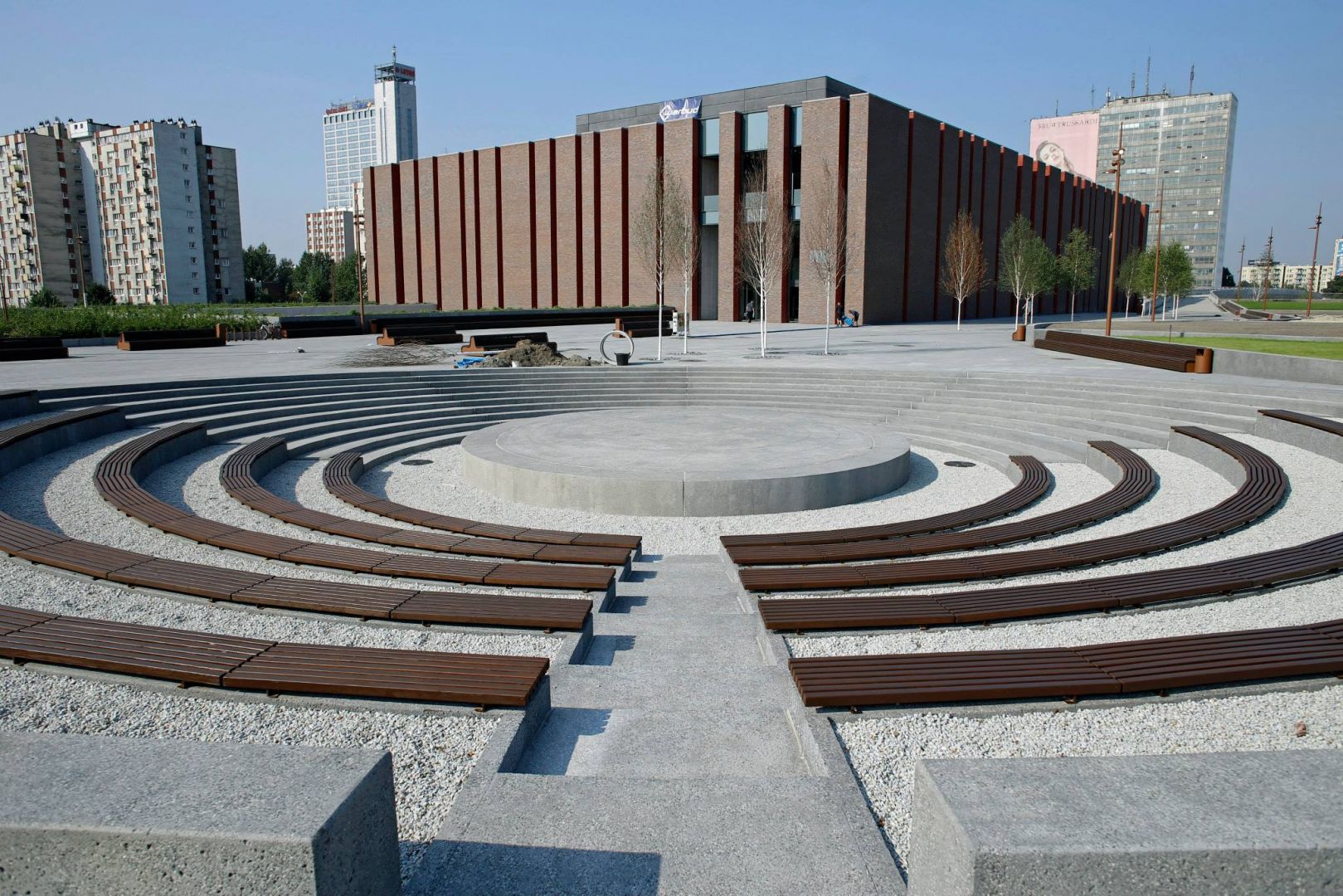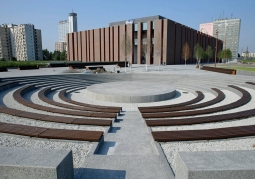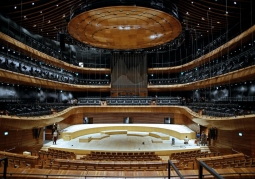Polish National Radio Symphony Orchestra - Katowice
No weather data
0.0 /5
Number of ratings: 0
The Polish National Radio Symphony Orchestra performs the role of a cultural ambassador representing the country on the international art scene (including concerts in Brussels - Europalia 2001 - Poland, Vienna - opening of the Polish Year in Austria, Madrid - gala concert of the Polish Year in Spain, Rome - celebrations 70 anniversary of the birth of HM Górecki, Kiev - inauguration of the Polish Year in Ukraine, Paris - gala concert of the Polish Year in France New Poland, London - inauguration of the Polish Year in Great Britain POLSKA! YEAR). The band collaborated with one of the greatest composers of the second half of the 20th century - Witold Lutosławski, Henryk Mikołaj Górecki and Krzysztof Penderecki, presenting the first performances of their works. The National Polish Radio Symphony Orchestra was founded in Warsaw in 1935 and led by Grzegorz Fitelberg until the outbreak of World War II. In 1945, the orchestra was reactivated in Katowice by Witold Rowicki. In 1947, Fitelberg became the artistic director again. After his death in 1953, the team was headed successively by Jan Krenz, Bohdan Wodiczko, Kazimierz Kord, Tadeusz Strugała, Jerzy Maksymiuk, Stanisław Wisłocki, Jacek Kaspszyk, Antoni Wit, Gabriel Chmura, again Jacek Kaspszyk. In September 2000, Joanna Wnuk-Nazarowa became the general and program director. Michał Klauza has been the second conductor since January 2009. The first guest conductor of the NOSPR is Stanisław Skrowaczewski, the honorary conductor - Jan Krenz, the artistic advisor - Jerzy Semkow. On August 31, 2012, Alexander Liebreich became the artistic director and conductor of the Polish National Radio Symphony Orchestra in Katowice. In addition to archival recordings for the Polish Radio, the orchestra has produced over 200 CDs for many reputable labels (including Decca, EMI, Philips, Chandos, Naxos). The team has been awarded with numerous awards for phonographic achievements, including Diapason d’Or and Grand Prix du Disque de la Nouvelle Académie du Disque, Cannes Classical Award, Midem Classical Award. Along with the NOSPR there were many excellent conductors and soloists, including Martha Argerich, Leonard Bernstein, Rudolf Buchbinder, James Conlon, Placido Domingo, Pierre Fournier, Nicolai Gedda, Barbara Hendricks, Julius Katchen, Leonidas Kavakos, Wilhelm Kempff, Kevin Kenner, Paweł Klecki, Kiryłł Kondraszyn, Marguerite Long, Witold Lutosławski, Charles Mackerrerr , Mischa Maisky, Neville Marriner, Kurt Masur, Shlomo Mintz, Ivan Monighetti, Garrick Ohlsson, Kun Woo Paik, Krzysztof Penderecki, Maurizio Pollini, Hermann Prey, Ruggiero Ricci, Mścisław Rostropowicz, Artur Rubinstein, Jerzy Semkow, En Shao, Stanisław Skrowaczewski, Isaac Stern, Henryk Szeryng, Yan Pascal Tortelier, Pieter Wispelwey, Krystian Zimerman, Nicolai Znaider.
Komentarze
No results
Nearby places

International Congress Center - Katowice
Category: Sports and entertainment hallsCongress center in Katowice at Olimpijska St., managed by the Municipal Sports and Recreation Center in Katowice. The center was built in 2011-2015. It belongs to the Culture Zone, a new part of Katowice dedicated to...
1 km
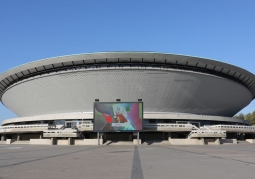
Saucer - Katowice
Category: Sports and entertainment hallsThe sports and entertainment hall managed by Przedsiębiorstwo Widowiskowo-Sportowe "Spodek". The history of its creation dates back to 1959, when a competition was announced for the design of the hall directed by the...
1 km
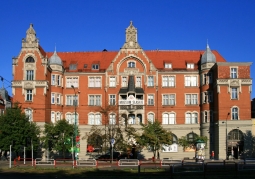
Silesian Museum - Katowice
Category: MuseumsThe Silesian Museum in Katowice began to exist by virtue of a resolution of the Silesian Sejm from January 23, 1929. During the war, it suspended its operations, but it was restored in December 1984. Located in the...
1 km

Bugla swimming pool - Katowice
Category: Swimming pools, bathing areas and beachesThe Bugla swimming pool was built almost 80 years ago. Before World War II, it was the largest swimming pool complex in Central Europe - right after Budapest's Palatinus - even international competitions were held here....
3 km
Nearby places

International Congress Center - Katowice
Category: Sports and entertainment hallsCongress center in Katowice at Olimpijska St., managed by the Municipal Sports and Recreation Center in Katowice. The center was built in 2011-2015. It belongs to the Culture Zone, a new part of Katowice dedicated to...
1 km

Saucer - Katowice
Category: Sports and entertainment hallsThe sports and entertainment hall managed by Przedsiębiorstwo Widowiskowo-Sportowe "Spodek". The history of its creation dates back to 1959, when a competition was announced for the design of the hall directed by the...
1 km

Silesian Museum - Katowice
Category: MuseumsThe Silesian Museum in Katowice began to exist by virtue of a resolution of the Silesian Sejm from January 23, 1929. During the war, it suspended its operations, but it was restored in December 1984. Located in the...
1 km

Bugla swimming pool - Katowice
Category: Swimming pools, bathing areas and beachesThe Bugla swimming pool was built almost 80 years ago. Before World War II, it was the largest swimming pool complex in Central Europe - right after Budapest's Palatinus - even international competitions were held here....
3 km
